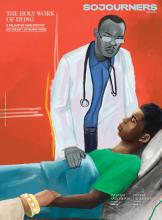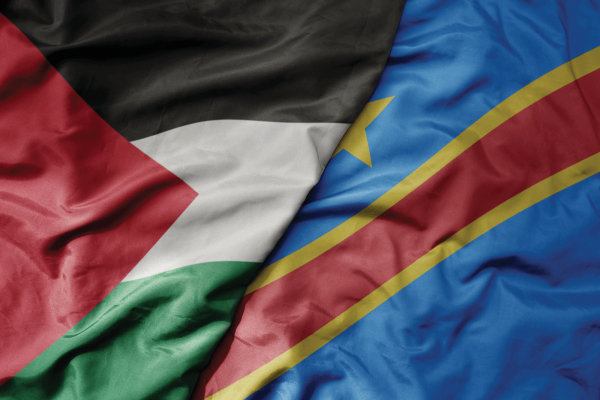POLITICAL SCIENTIST Thea Riofrancos has written extensively on the politics and economics of mining. “Extraction is a very old practice. We can say that it is as old as human history,” said Riofrancos in a Granta interview this year. With the rise of European empires in the 15th century, extraction led to conquest in search of valuable minerals. Conquest led to territorial occupation, consolidation of forced labor, and centralized foreign control over resources. And it is all still happening — now, on a planetary scale. This is why Pope Francis describes the Earth as the “new poor,” and thus as a locus of liberation.
The logics of extraction and occupation are entwined. Driven by economics, both view certain human lives, and any part of nature, as marketable and disposable by the cheapest means of violence and destruction. These logics thrive on the constant retraumatizing of the environment and of Black and brown bodies, to keep them compliant and prevent them from consolidating power. These are presented as necessary sacrifices for civilization to “advance.” Colonial laws remain in many post-colonial nations, and elite communities in those countries continue to benefit from resource control, perpetuating the violence and oppression of the colonial project.
In the age of climate collapse, these sinful logics come back to haunt us. For example, as the geographer Kenston Perry has highlighted, the Caribbean region has faced enormous losses from climate-induced natural disasters. This is a result of colonial systems that prioritized extractive plantation agriculture instead of protective ecosystems and disregarded Indigenous practices and knowledge of the environment. The fate of the poor, the marginalized, and those on the wrong side of western colonialism is inextricably tied up with the fate of the planet.
The environmental crises in Congo from mining and in Gaza from war provide two examples of how extraction and occupation are twin sins.
Read the Full Article

